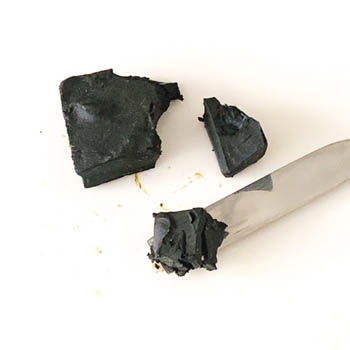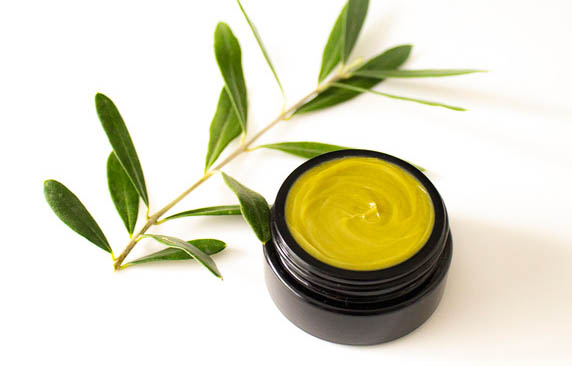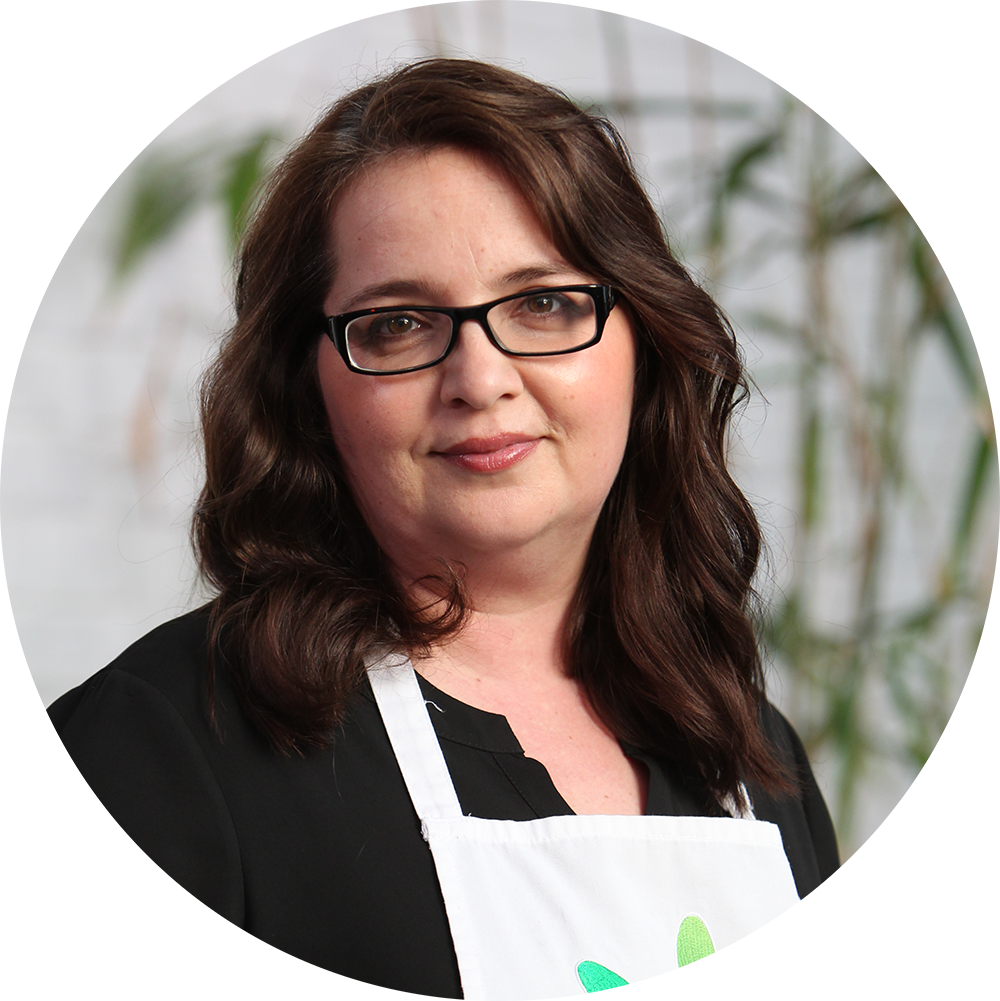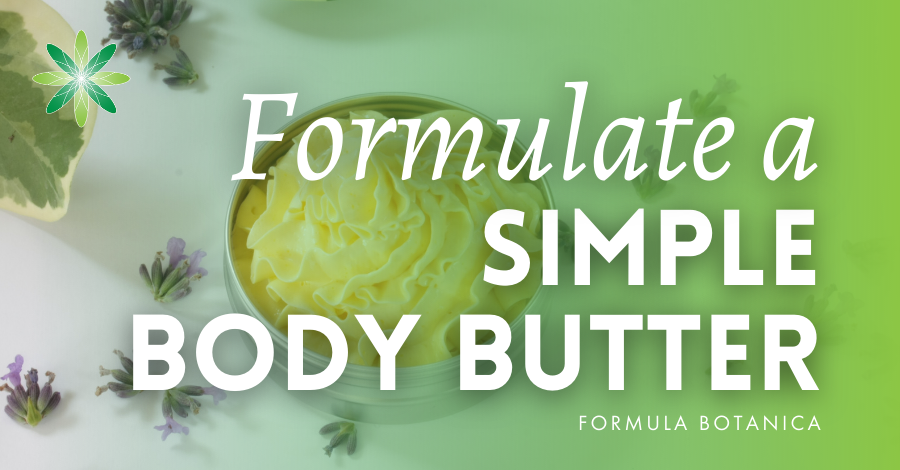In today’s natural and organic skincare market, anhydrous products are still favourites and organic face serums are among the most popular. There are several reasons for that: they fit into the preservative-free category; they can be nourishing and rich or even feather light; and they can have captivating natural colours.
As a formulator, you can create amazing anhydrous products by understanding your ingredients thoroughly and, of course, knowing your customers’ needs as well. Basically, anhydrous products can encompass both form and function which makes them both appealing to formulate and attractive to your customers. A few months back, we tackled the somewhat confusing world of serums by defining the different types of facial serum formulations you find on the market.
Just to recap, serums are high-performance cosmetics packed with potent actives in a base of your choice which can be gel, emulsion or even oil. There is one more which seems to have aroused interest: the pressed balm serum. This post is here to guide you on how to make an organic facial serum of a particularly intriguing type – the pressed serum. We offer you a sample formulation to trial out, get creative with and adapt to your needs.
Defining Pressed Organic Serums
You are probably wondering what the difference is between a balm and a natural serum for the face. The answer lies in the ingredients. Both balms and pressed serums are nourishing anhydrous products which are often a blend of waxes, butters and oils. Even if there isn’t a clear, defining line between the two products, we can go about comparing the two.
| Balms | Pressed Serums |
|
|
|
|
|
|
|
|
|
|
As you can see above, there is no clear distinction between the two but how you name your product may present a very different idea to the customer. Pressed serums are powerhouses of high-performance skincare ingredients. We explain how they differ from balms and offer a formula to trial and have fun adapting. #skincareformulation #facialserums #cosmeticformulation Share on X Now that we have summed up what a pressed balm serum is, let’s make one.
How to make a Natural Serum for the Face: Our Tests

When I looked back at my various notes on how to make organic face serum, I couldn’t see anything that needed changing so the issue was with my method. I rushed and wasn’t paying attention as I was making multiple products and the result speak for themselves. So I tried again and it is now much more attractive and gorgeous on the skin.

Formula: Green Vanilla Pressed Serum

This time, I also used many essential oils of different notes to round up the formula. I love the vanilla-like blend with a subtle chocolate undertone from the tonka bean, and the sweet-floral blend with a hint of citrus is my idea of luxury. I feel that the potent botanicals and complex essential oil blend make a difference. If you prefer to keep it simpler, that is fine too of course. You can choose as many or as few ingredients as you wish, but the key word is high performance. Remember, you are the formulator so use your imagination to come up with something spectacular; and keeping things simple can also be just that.
I started by creating an oily macerate using almond oil which had dried lavender, rosemary, rose buds and calendula. You can use other oils as your base and, of course, you can macerate any other dried plant material.
Phase A
Illipe butter: 40%
Kokum butter: 10%
Tacuma butter: 5%
Tea wax: 0.5%
Phase B
Macerated oil: 10%
Olive squalane: 6%
Pistachio oil: 5%
Orchid oil: 5%
Moringa oil: 3.2%
Phase C
Plum oil: 5%
Hibiscus extract: 2%
Tocopherol: 1%
Coenzyme Q10: 1%
Evening Primrose CO2 extract: 1%
Pomegranate CO2 extract: 1%
Borage CO2 extract: 1%
Chamomile CO2 extract: 1%
Schisandra CO2 extract: 1%
Rosemary CO2 extract: 0.1%
Phase D
Sweet orange essential oil: 0.40%
Lavender essential oil: 0.20%
Neroli essential oil: 0.20%
Benzoin essential oil: 0.18%
Ylang ylang essential oil: 0.15%
Tonka bean absolute: 0.05%
Rose Absolute: 0.02%
Method
- In a disinfected glass beaker, weigh all Phase A ingredients and melt them in a bain-marie or water bath. I often use a chocolate tempering machine because it provides a low, gentle heat which is perfect for natural ingredients.
- When molten, remove from the heat and blend in Phase B. – Stir it often as it cools. You can speed the process up by placing the beaker in a cold water bath.
- When under 40C, add Phase C. Stir it well.
- You can now add the gorgeous aromaceuticals from Phase D.
- Stir till you see a trace. Only then you should transfer it into a pretty jar.
As a formulator, you are likely to spend more time designing and planning your formula on paper and doing research than preparing the product and this formula is an example of that. If you wish to make a harder balm, increase the butters or add waxes (and of course, reduce the oils).
Now it is your turn to give pressed balm serums a go and see where your imagination takes you. You can learn how to create amazing balms in our Diploma in Organic Skincare Formulation and explore the ever-expanding world of high-performance actives in our Certificate in Anti-Ageing Skincare. We’d love to hear how you get on formulating a pressed serum, so do leave us a comment below.
FAQs
Face serums can take many forms and can be gels, emulsions, anhydrous balms, or a blend of oils. The easiest face serums to formulate are anhydrous as generally don’t require preservatives. Cold-blended oil serums or hot process balms that blend melted butters and waxes with botanical oils, are popular with new organic cosmetic formulators. While these forms are simple to make, the art of designing a really good face serum lies in adding active ingredients to work topically targeting specific skin types or issues. Anhydrous formulations can be heavy and greasy so think about your choice of oils, butters and waxes and choose ones appropriate for your skin needs.
First, choose which type of serum you wish to make. Serum is a catch-all term for high-performance cosmetic formulations ranging from light emulsions to waterless balms and pure oils. Each form requires different formulation techniques and experience. Emulsions needs preserving while anhydrous formulations do not. A serum is a powerhouse of active ingredients designed to address specific skin needs. In making an organic serum, you need to work out what skin types or issues you wish the product to address, then research the best type of formulation to deliver the key active ingredients you wish to use. Some active ingredients such as various Vitamin C derivatives, for example, may be water or oil soluble only. The choice of actives will dictate how you formulate the face serum.
Join us at Formula Botanica, where tens of thousands of students and followers take our free and paid online courses to learn how to formulate organic skincare and haircare for themselves or to sell and also how to set up a beauty brand and business.
Leave us a comment

Timi was a key member of the Formula Botanica team from 2015 to 2020; first as our Education Manager and then as Head of Formulation & Research. You can find out more about the Formula Botanica team here.



























